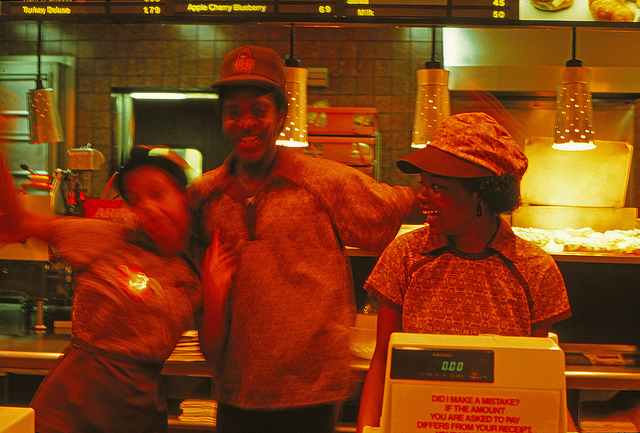Do-Overs: Hamlet Everywhere

Hamlet is everywhere. He still pops up in the stories we like to tell ourselves. David Wroblewski’s 2008 Oprah-driven bestseller, The Story of Edgar Sawtelle, is a well-known example of a parallel narrative, but TV and movies also celebrate the Hamlet archetype: from Sons of Anarchy to The Lion King; The Simpsons’ “Treehouse of Horror” Hamlet is one of my favorites (come for Homer as Hamlet Sr.; stay for Ralph Wiggum as Laertes). Stories that merely suggest a Hamlet motif still reap the rewards of connection, often for laughs: Calvin (of Hobbes fame) soliloquized a green lump of vegetables. There’s even a Gilligan’s Island episode where the castaways sing the play. And I’m just waiting for Baz Luhrmann to do a bright and flashing Denmark-meets-Lana Del Rey orgy of sequins and poisoned wine in pimp cups, a thumping Hamlet for Generation Z.
Why are we still into Hamlet? Because redemption through violence appeals. We like Hamlet because we want to be him. We want to “take arms against a sea of troubles” rather than stew in our own misery. But we understand his hesitation. Hamlet touches a nerve about murder within families, and whether or not we can right a wrong with more wrongs. His conflict about daddy’s request for holy murder means Hamlet appeals to us much more than heroes with simple value systems.
Sons of Anarchy and The Tale of Edgar Sawtelle, two modern retellings, show us that to make a new Hamlet work is to take the audience past the framework of the play. You have to offer something different.
In Sawtelle, rural farmland provides rich opportunities for parallels to feudal Europe. Trudy and Claude are recognizable as their Shakespearean counterparts, Gertrude and Claudius. A similar conceit is used in Sons of Anarchy: Piney (Polonious) and Opie (Ophelia). Character names offer a way in for those familiar with the play. Sons isn’t subtle–Jax begins his quest to kill his father’s murderer after reading his father’s journal–but these aren’t Hamlet: Farm Edition or Harley Hamlet. Each is a contemporary tragedy, too. In both cases, the writers twist the original. Sawtelle imagines Edgar’s life away from the farm—Hamlet’s exile. In Sons, Opie and Tara share the Ophelia/Horatio roles.
We need not understand the connection to the original play to benefit from reading Sawtelle or viewing Sons, both of which draw from universal human experiences—obligation, regret, insanity, and impotence.
It doesn’t spoil anything to say that Sons wants us to linger in the most violent part of the tragedy. It rejects the play’s pacing in favor of keeping Jax—Hamlet—in the final act. Where Shakespeare speeds Hamlet through the moment of retribution, Sutter pauses. This reveals something about us, too. We like that. Hamlet appealed first as a people’s hero, flawed, hesitant, and intellectual. The ending of Sawtelle doesn’t provide any glimmer of hope that the kingdom will go on or that stability will return. Both the novel and show subvert our expectations by making things worse than we expect: they ask us to stay in the pain, to be affected by just how bad the tragedy can get. Sons reveals that what many of us also want from our brooding prince is the capacity to sustain violent anger. There’s no quick ending for Jax–Sutter wants us to watch the dominoes fall slowly, to feel sustained dread.
Just as the original, The Story of Edgar Sawtelle and Sons of Anarchy both ask whether we are obligated to love our parents or our spouses more. Both prove that the modern reader wants something worse than Hamlet, whether in terms of bloodshed or hopelessness. Not only do we want to see our hero struggle, we want to watch the train wreck slowly. That’s Hamlet’s enduring lesson: the struggle is the thing.

